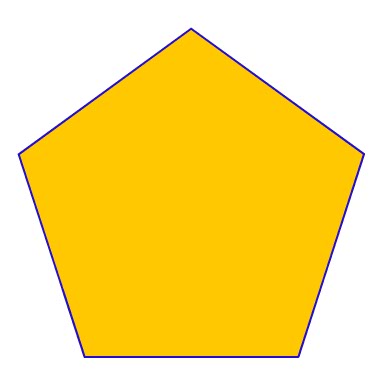

Architects and builders, inspired by the mathematical principles of the ancient Greeks, incorporated geometric shapes into their designs. The practical applications of prisms, including the pentagonal prism, gained prominence during the Renaissance era. These scholars explored the properties of different prisms, including the pentagonal prism, and made significant contributions to their understanding. However, it was the Greeks who delved deeper into the properties of various prism shapes, including the pentagonal prism.ĭuring the Hellenistic period, the study of solid geometry progressed further under mathematicians such as Archimedes and Apollonius of Perga. The concept of a prism, a polyhedron with two parallel and congruent polygonal bases connected by rectangular or parallelogram faces, existed in ancient Egypt. While Euclid did not specifically mention the pentagonal prism, his foundational work laid the groundwork for its understanding. Euclid, a renowned Greek mathematician, documented the principles of geometry in his influential work, “Elements,” around 300 BCE. Greeks made substantial contributions to the subject of geometry and are credited with its origins. Investigating its history reveals fascinating details about the development of geometry and its practical uses. The pentagonal prism is a fascinating geometric design with a long history that may be traced to early civilizations.
#3D SHAPES PENTAGONAL PRISM HOW TO#
Read more How to Find the Volume of the Composite Solid? Below we present the generic diagram for the pentagonal prism.

This property is a defining feature of prisms.

In simpler terms, if you slice a pentagonal prism parallel to its bases, each slice will be a pentagon identical to the base. The term ‘prism’ in its name signifies that this geometric figure has identical cross-sections along its length if it is cut parallel to the bases. Connecting these bases are five rectangular faces or lateral faces. A pentagonal prism is defined by two congruent pentagonal bases that lie in parallel planes. As suggested by its name, this shape features pentagons as its bases. DefinitionĪ pentagonal prism is a three-dimensional geometric shape belonging to the broader class of prismatic solids, more specifically, to the family of prisms. Get ready for an intriguing voyage into the universe of this five-sided prism as you learn about the beauty and complexity hidden within its deceptively straightforward shape. In this article, we explore the world of pentagonal prisms in great detail, looking at its distinctive features, mathematical properties, and wide-ranging applications. Read more Triangle Proportionality Theorem – Explanation and Examples


 0 kommentar(er)
0 kommentar(er)
